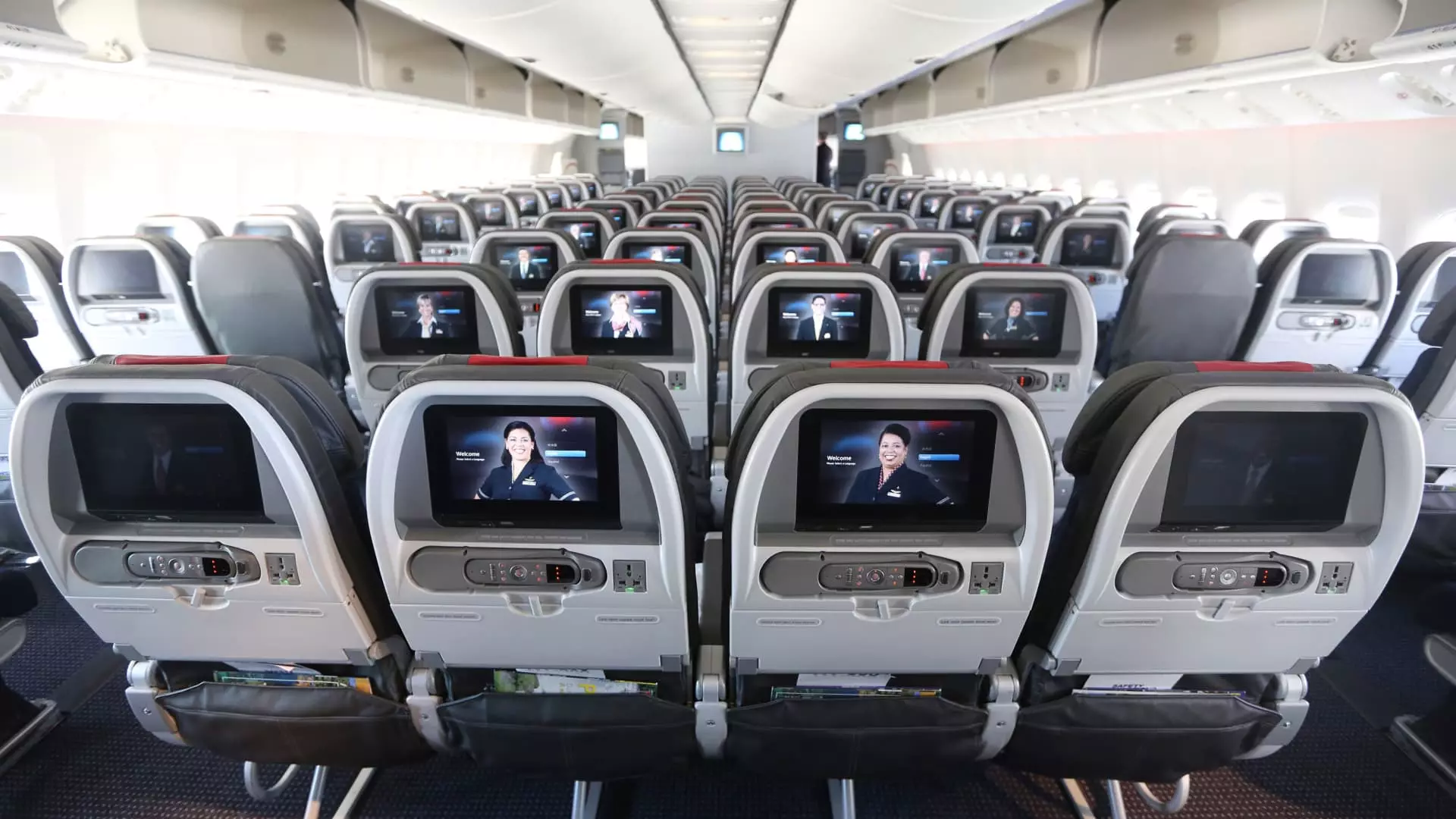American Airlines has recently announced its plan to embark on trials for complimentary in-flight Wi-Fi, a move that signifies a pivotal shift in the airline industry as the pressure intensifies for carriers to eradicate costs associated with internet connectivity during flights. The initiative, commencing next week, will cover three specific routes: from Charlotte Douglas International Airport to Raleigh-Durham International Airport, from Charlotte to Jacksonville International Airport in Florida, and between Miami International Airport and Chicago O’Hare International Airport. This testing phase is indicative of an evolving market where customer demands are increasingly becoming a central focus.
As airline travelers become accustomed to more user-friendly amenities, the competition has escalated, with numerous carriers either introducing or preparing to implement free inflight internet services. This trend places American Airlines in a challenging position, particularly as it has previously been one of the industry’s highest-priced providers for Wi-Fi, where costs often exceed $20. Competitors such as Delta Air Lines, JetBlue Airways, and United Airlines are setting the pace for free connectivity, thereby putting additional pressure on American Airlines to reevaluate its pricing strategies and service offerings.
The company has emphasized the importance of this trial as part of a broader strategy to enhance customer satisfaction. According to Chief Customer Officer Heather Garboden, this endeavor will not only evaluate customer engagement with Wi-Fi services but also assess the efficiency of their current system and aircraft capabilities. The insight gained from these trials is expected to shape the direction of American Airlines’ connectivity services in the future. Garboden advocates for a more customer-centric approach, highlighting the necessity to adapt to passenger expectations in a rapidly changing travel environment.
American Airlines’ decision to embark on this test comes on the heels of previous setbacks, particularly a failed business travel sales strategy that affected customer loyalty. By taking proactive measures to address the competition and reinstating customer confidence, American Airlines is attempting to rectify past missteps. The approach signals a recognition of the need for continuous adaptation and improvement, seeking to provide value where passengers demand it most.
Although the trial is currently small in scope, it represents a significant stride toward aligning American Airlines’ services with customer desires. With the airline industry facing swift evolution driven by technology and consumer preferences, the question remains whether American will extend this complimentary service over a larger network if the trials prove successful. Future decisions will undoubtedly hinge on how effectively American Airlines can leverage this opportunity to regain customer trust and stay relevant in a fiercely competitive marketplace. The outcome of these trials could very well dictate the next chapter in American Airlines’ history and how it navigates the complex landscape of air travel connectivity.


Leave a Reply